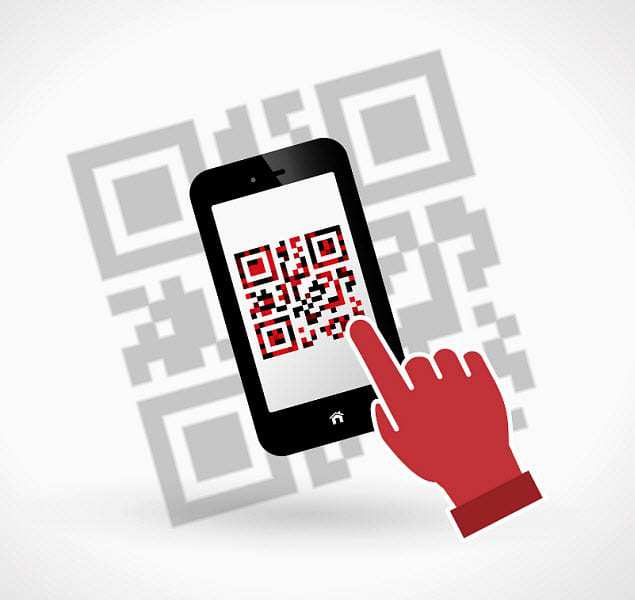These quick response codes can be scanned by smartphones to do a great deal more than link to websites.
While QR codes have become quite commonplace in print marketing to link the ads to online media, optical engineers from the University of Connecticut have found an entirely new and interesting use for these barcodes.
The results of the efforts of this team has been published within the Optica journal from The Optical Society (OSA).
The University of Connecticut optical engineer team took a regular smartphone and added an array of tiny lenses and has discovered a way in which to securely display 3D images by scanning a number of QR codes, but without having to connect to the internet at any point. The technique uses a display strategy and data storage to be able to provide the opportunity to generate personal three dimensional entertainment, as well as marketing or manufacturing product visualizations, and for secure three dimensional data storage and transmission.
This method of using QR codes was developed to be used with mobile device tech that is readily available.
 According to the team leader in this project, Bahram Javidi, who was also one of the paper’s co-authors, “We have developed a method of using QR codes along with off-the-shelf mobile device technology such as smartphones to enable encrypted 3-D information to be securely displayed on mobile devices.” He also added that quick response codes make it possible for images to be encrypted and then be easily scanned, decompressed, and “decrypted by commercial smartphones for secure 3-D visual communication.”
According to the team leader in this project, Bahram Javidi, who was also one of the paper’s co-authors, “We have developed a method of using QR codes along with off-the-shelf mobile device technology such as smartphones to enable encrypted 3-D information to be securely displayed on mobile devices.” He also added that quick response codes make it possible for images to be encrypted and then be easily scanned, decompressed, and “decrypted by commercial smartphones for secure 3-D visual communication.”
The researchers used their time to address one of the central flaws in security that are inherent in the use of these smartphone barcodes. At the moment, if a link to a website is stored within the quick response code, the smartphone will link to that website automatically and will access the data that is stored there. This means that there is no way for the user to know, in advance, whether or not that data could include malicious programming.
The researchers used the QR codes to store the data in self contained slices within the barcode itself. This way, the images can be viewed without having to connect with the internet.
